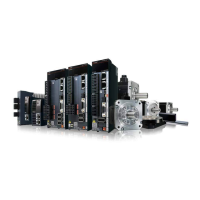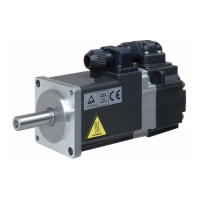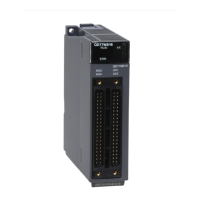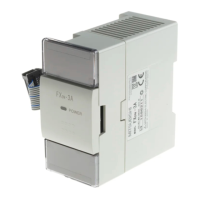3 - 22
3. SIGNALS AND WIRING
3.6 Detailed description of the signals
POINT
For the positioning mode, refer to section 13.2.4.
3.6.1 Position control mode
POINT
The noise tolerance can be enhanced by setting parameter No. PA13 to "1
" when the command pulse frequency is 500kpps or less or "2 " when
200kpps or less.
(Refer to section 4.1.11)
(1) Pulse train input
(a) Input pulse waveform selection
Command pulses may be input in any of three different forms, for which positive or negative logic can
be chosen. Set the command input pulse form in parameter No. PA13. Refer to section 4.1.11 for
details.
(b) Connections and waveforms
1) Open collector system
Connect as shown below.
Approx.
1.2k
SD
Servo amplifier
OPC
PP
NP
DOCOM
24VDC
(Note)
Approx.
1.2k
Note. Pulse train input interface is comprised of a photo coupler.
Therefore, it may be any malfunctions since the current is reduced when connect a
resistance to a pulse train signal line.
The explanation assumes that the input waveform has been set to the negative logic and forward and
reverse rotation pulse trains (parameter No. PA13 has been set to "
10 "). Their relationships with
transistor ON/OFF are as follows.
Reverse rotation commandForward rotation command
(OFF)
(OFF) (OFF)
(ON)
(ON) (OFF) (ON) (OFF) (ON)
(OFF)
Forward rotation
pulse train
(transistor)
Reverse rotation
pulse train
(transistor)
(ON) (ON)

